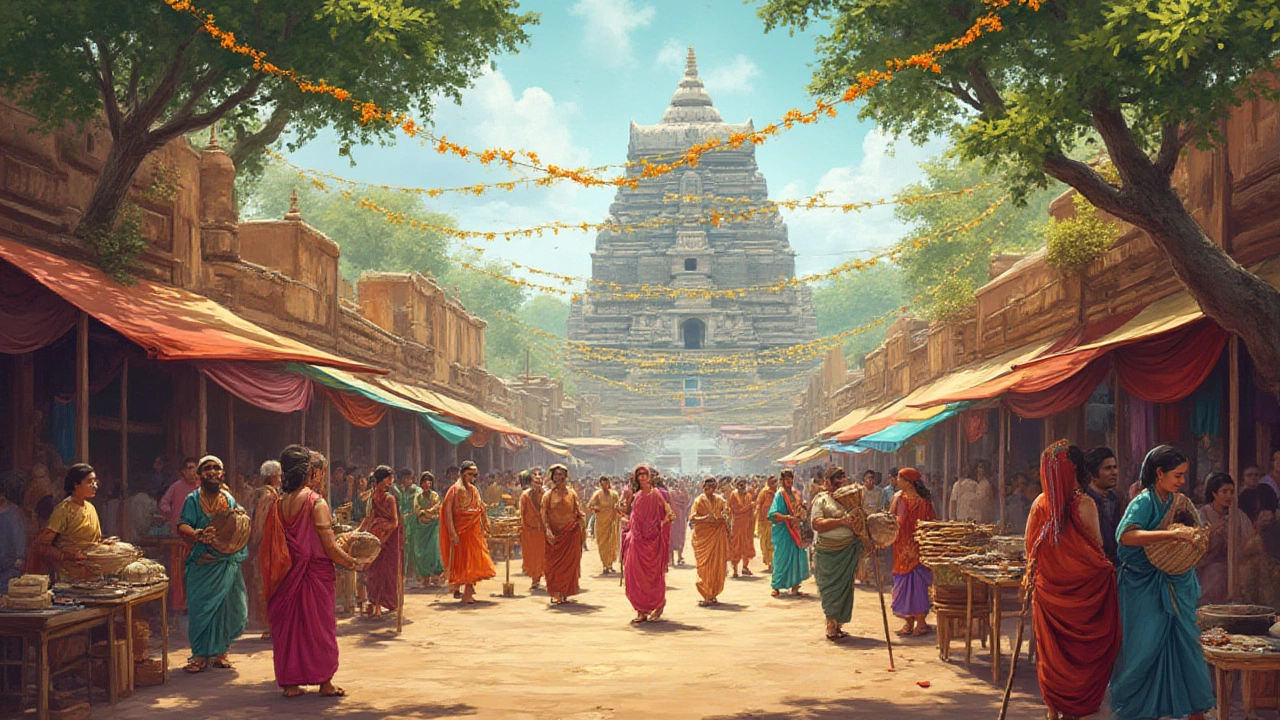
Top Examples of Cultural Tourism in India: Famous Experiences & Unique Traditions
Explore how cultural tourism in India brings you close to living heritage, colorful festivals, traditional crafts, ancient temples, and regional food adventures.
If you’re planning a trip or just curious, India’s culture is a mix of colors, flavors, and rituals that hit you fast. You’ll hear the hum of markets, smell spices on every corner, and see people greeting each other with a warm "Namaste." Below are the real‑world experiences you can try, no fluff, just things that actually happen.
First thing: the way people say hello. In 2025, "hi" works in most big cities, but a quick "Namaste" with hands together is the safest bet everywhere. It shows respect and often opens doors for deeper conversation. Try matching your greeting to the region – a quick "Sat Sri Akal" in Punjab or "Kem Cho" in Gujarat adds a local touch.
Clothing also tells a story. Traditional wear isn’t just for festivals. In many towns, men wear kurta‑pajama shorts or a simple lungi, while women sport cotton sarees or salwar‑kameez for daily comfort. Knowing a few names like "kurti" or "dhoti" helps you blend in and avoid awkward fashion missteps.
Street food is the fastest cultural shortcut. In Gujarat, grab a plate of hot dhokla and crunchy fafda – the state’s national snack for a reason. Moving east, the aromatic spices of Hyderabad’s biryani will hit you with sweet, salty, and fiery notes all at once. When you’re near a market, ask the vendor for the “local favorite” and you’ll likely discover a dish you never saw online.
Don’t skip the sweet side. A quick bite of jalebi or a cup of masala chai at a roadside stall gives you a taste of daily life and a chance to chat with locals. These moments often turn into stories you’ll remember longer than any museum visit.
The Pushkar Camel Fair in Rajasthan is a must‑see if you love large gatherings. It’s not just about camels; you’ll see folk music, traditional dance, and a market that feels like a living museum. Another highlight is the Vande Mataram anthem’s history – knowing its backstory adds meaning when you hear it at a public event.
India also boasts seven UNESCO natural heritage sites, from the soaring Himalayas to the tranquil backwaters of Kerala. Visiting any of these spots gives you a glimpse of how the country’s geography shapes its culture, food, and even language.
Finally, explore the oldest folk music traditions. In villages across the country, you’ll hear instruments like the tabla, the bansuri, and the dholak playing songs that have traveled for centuries. These sounds are the soundtrack of daily life and a reminder that India’s cultural roots run deep.
Bottom line: the best cultural experiences India offers are the ones you live, not just read about. Talk to locals, try the street food, join a festival, and wear what people wear. That’s how you turn a trip into a memory you’ll carry forever.

Explore how cultural tourism in India brings you close to living heritage, colorful festivals, traditional crafts, ancient temples, and regional food adventures.